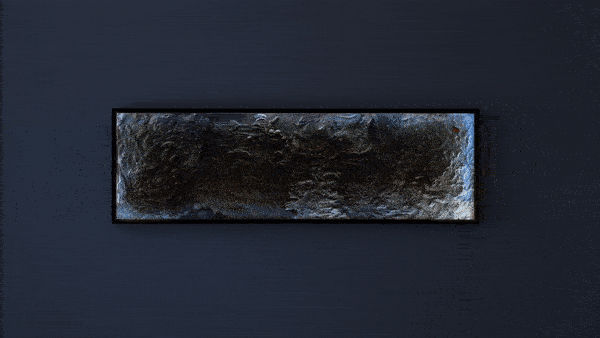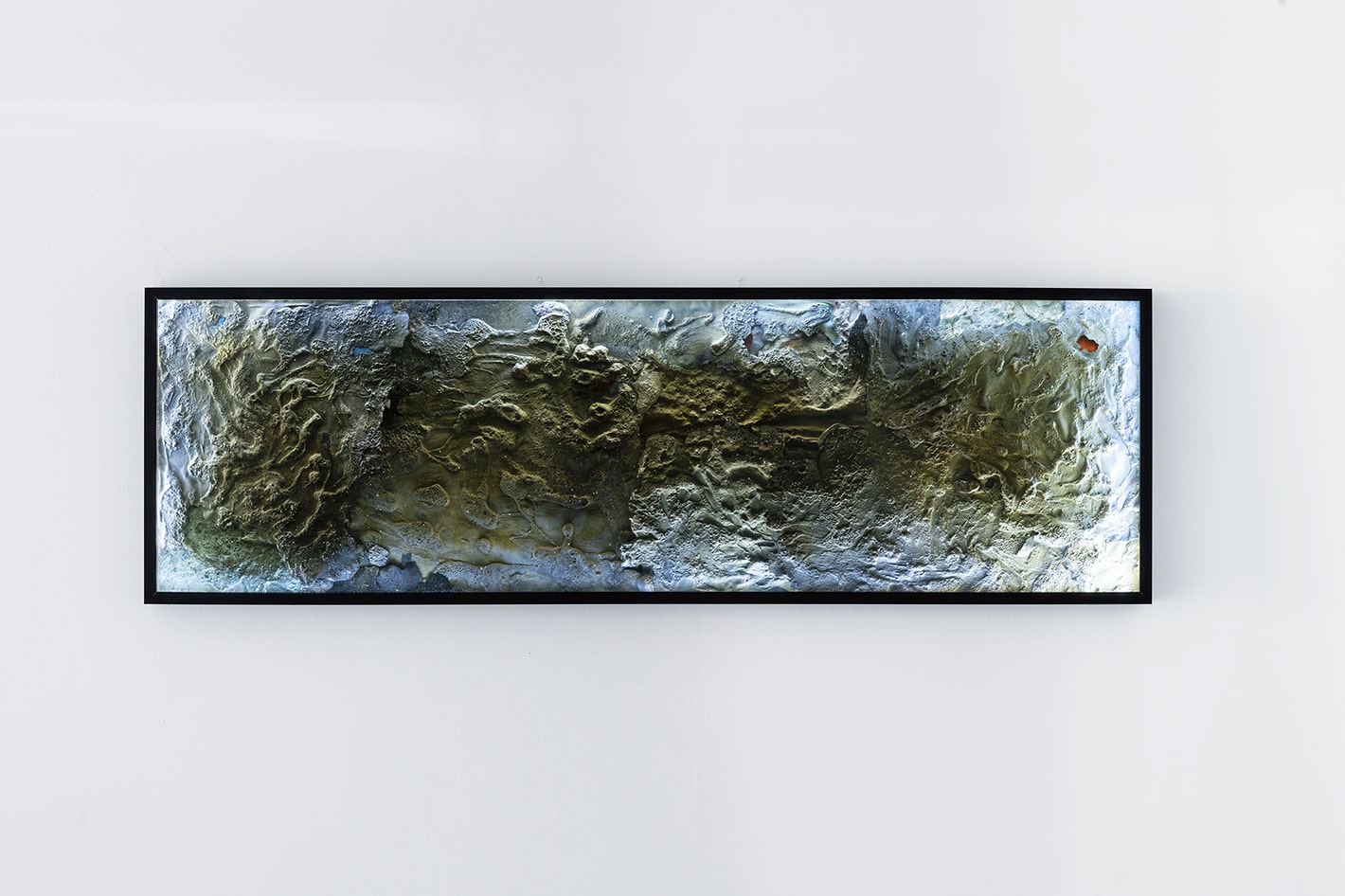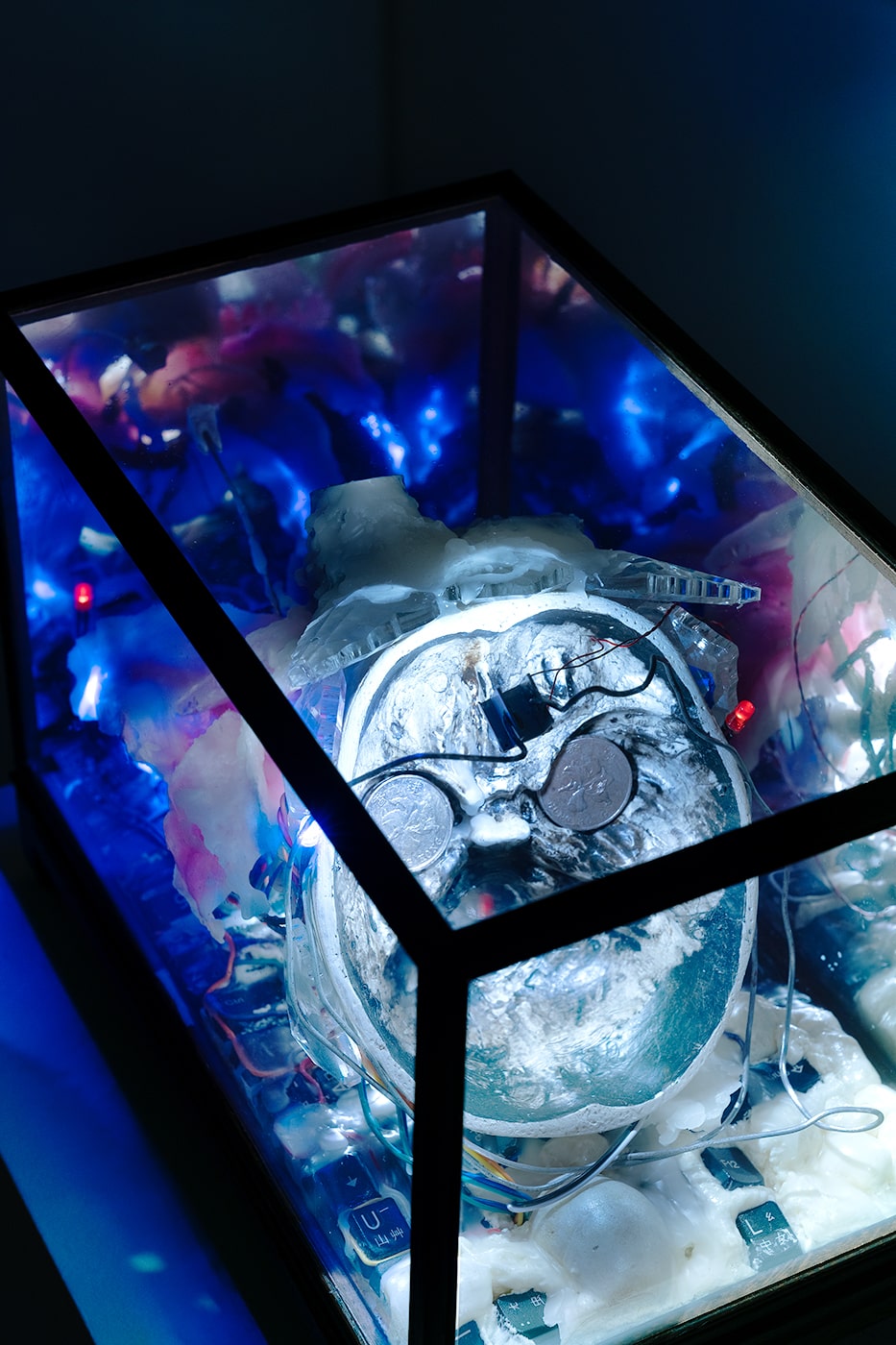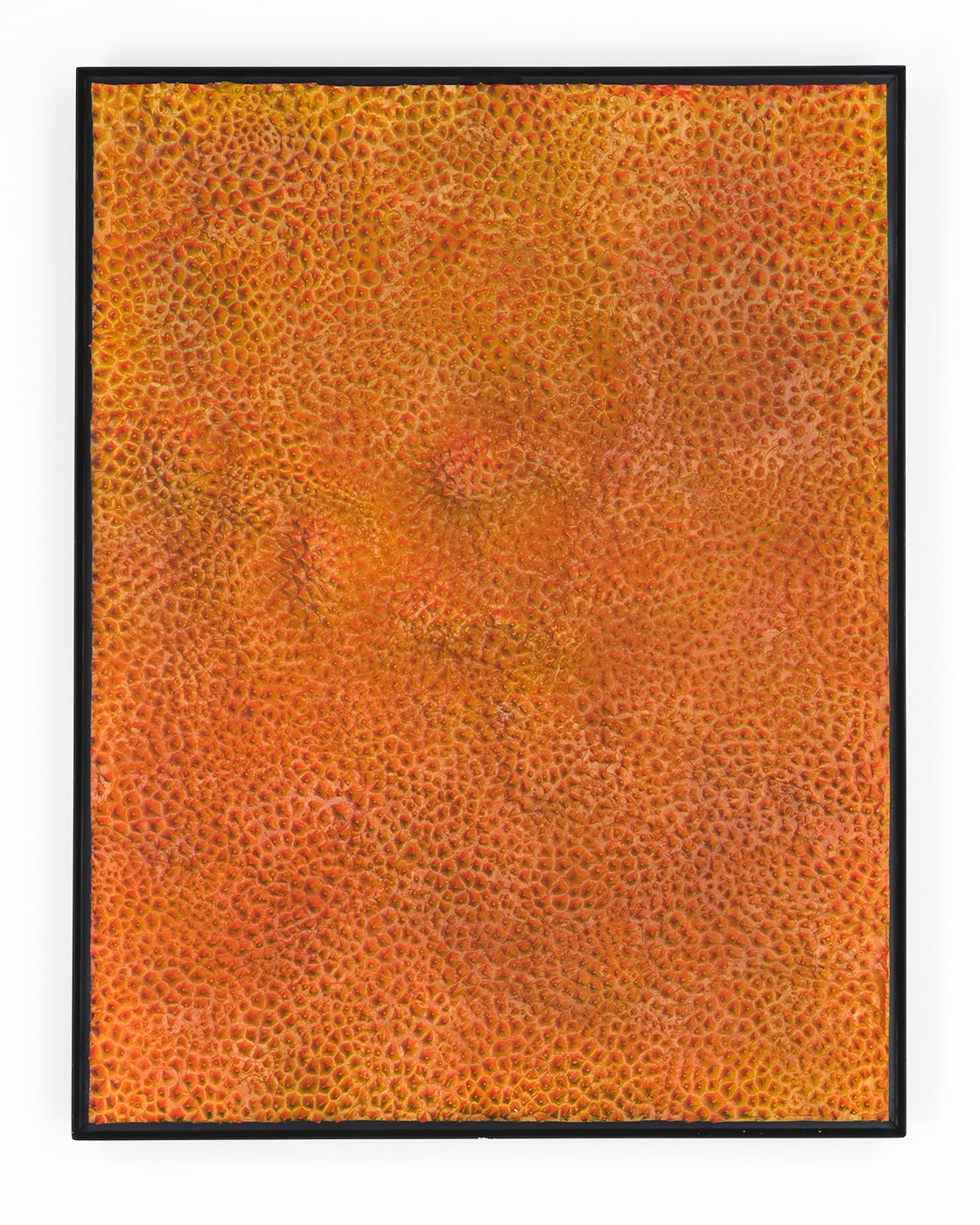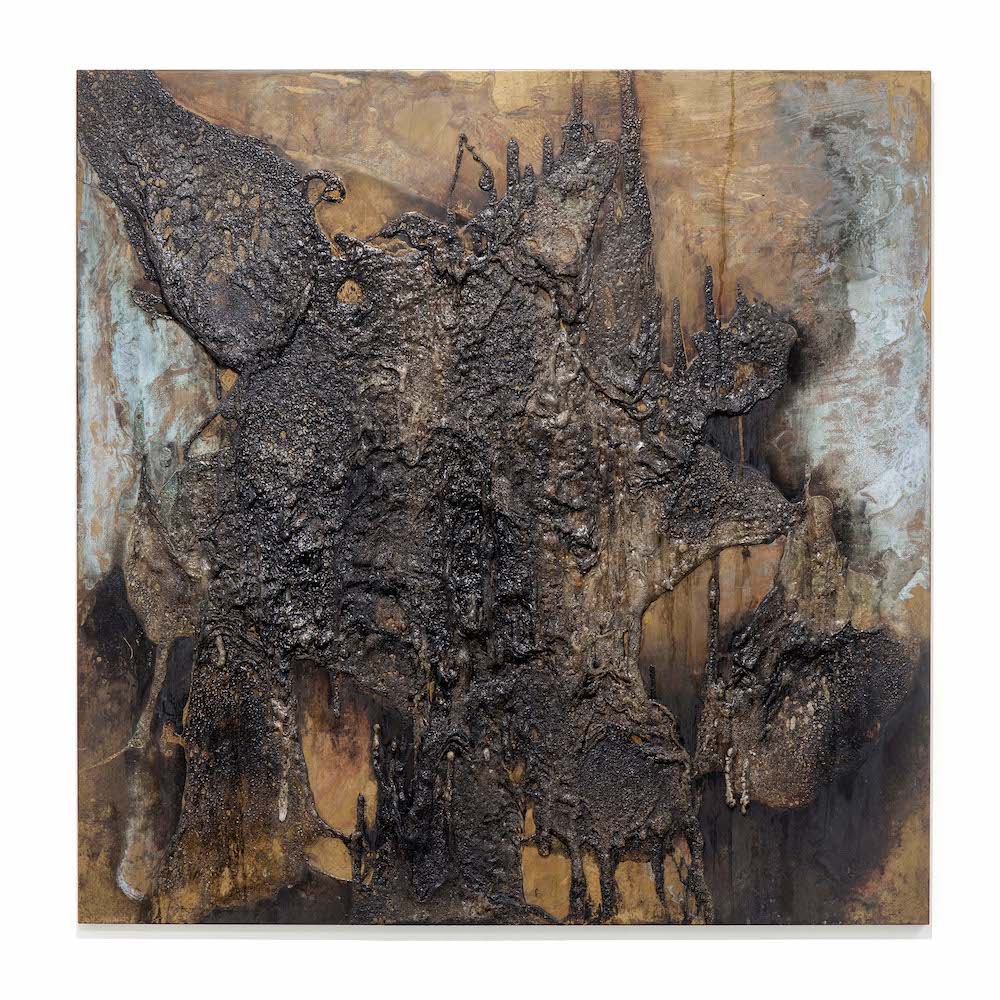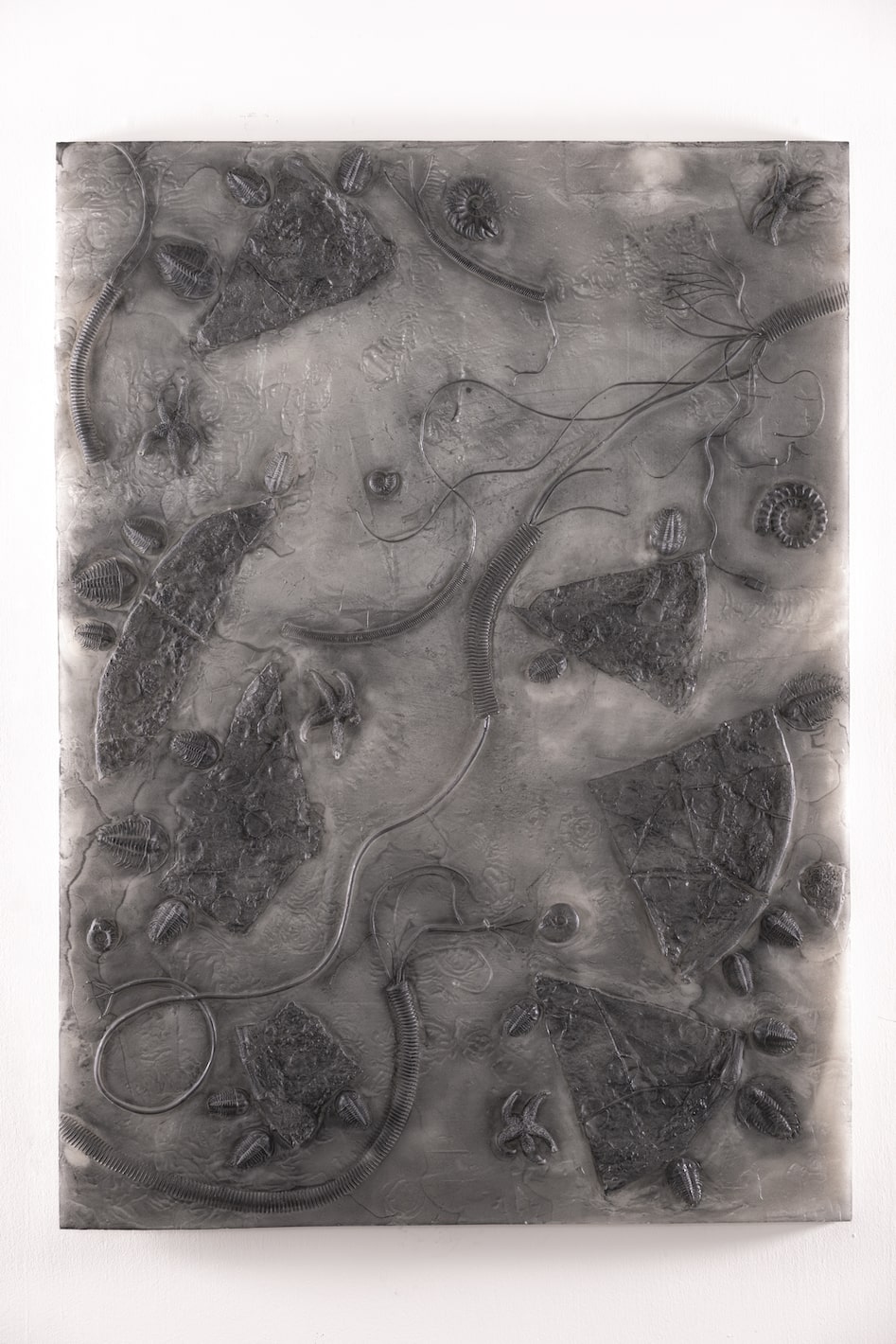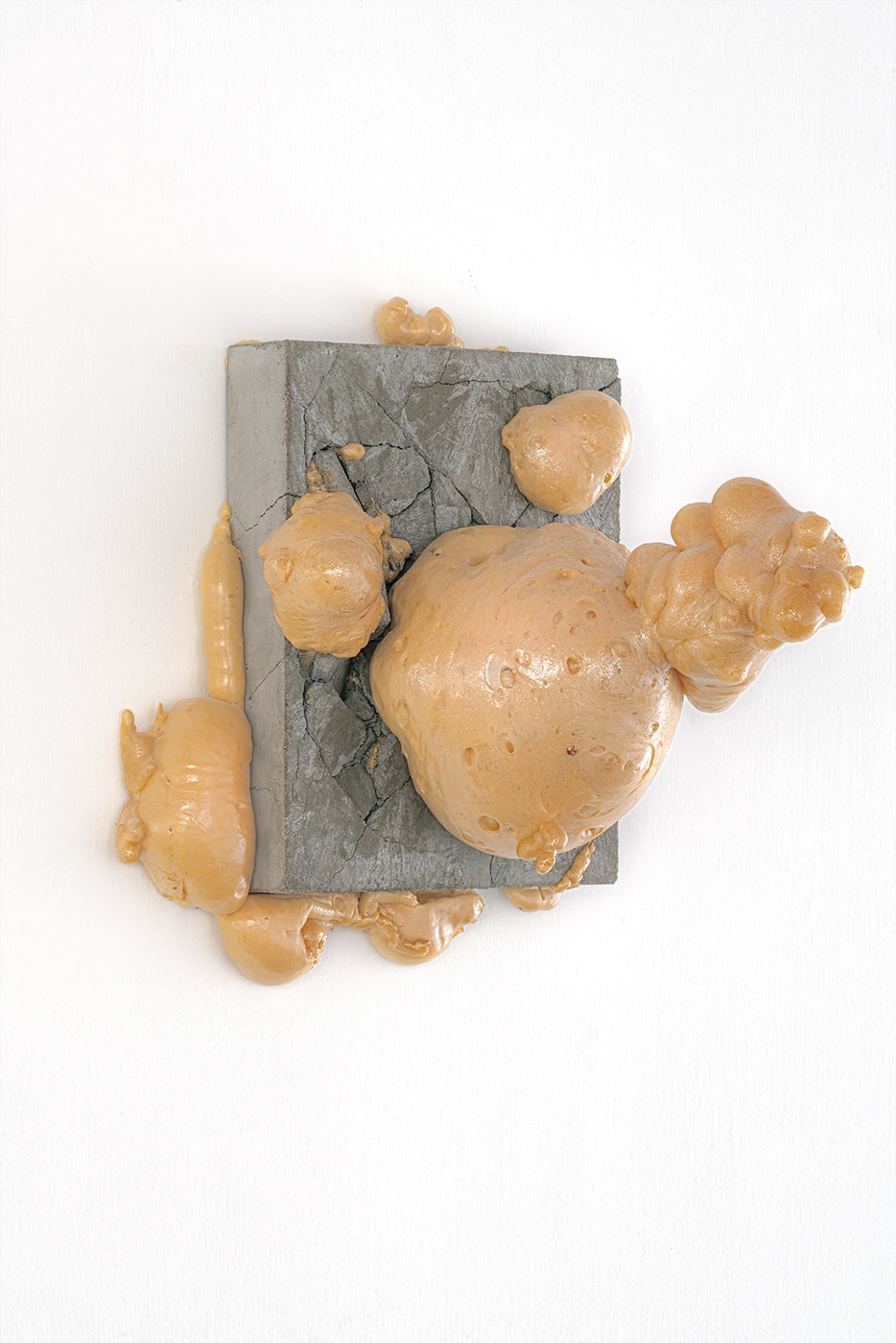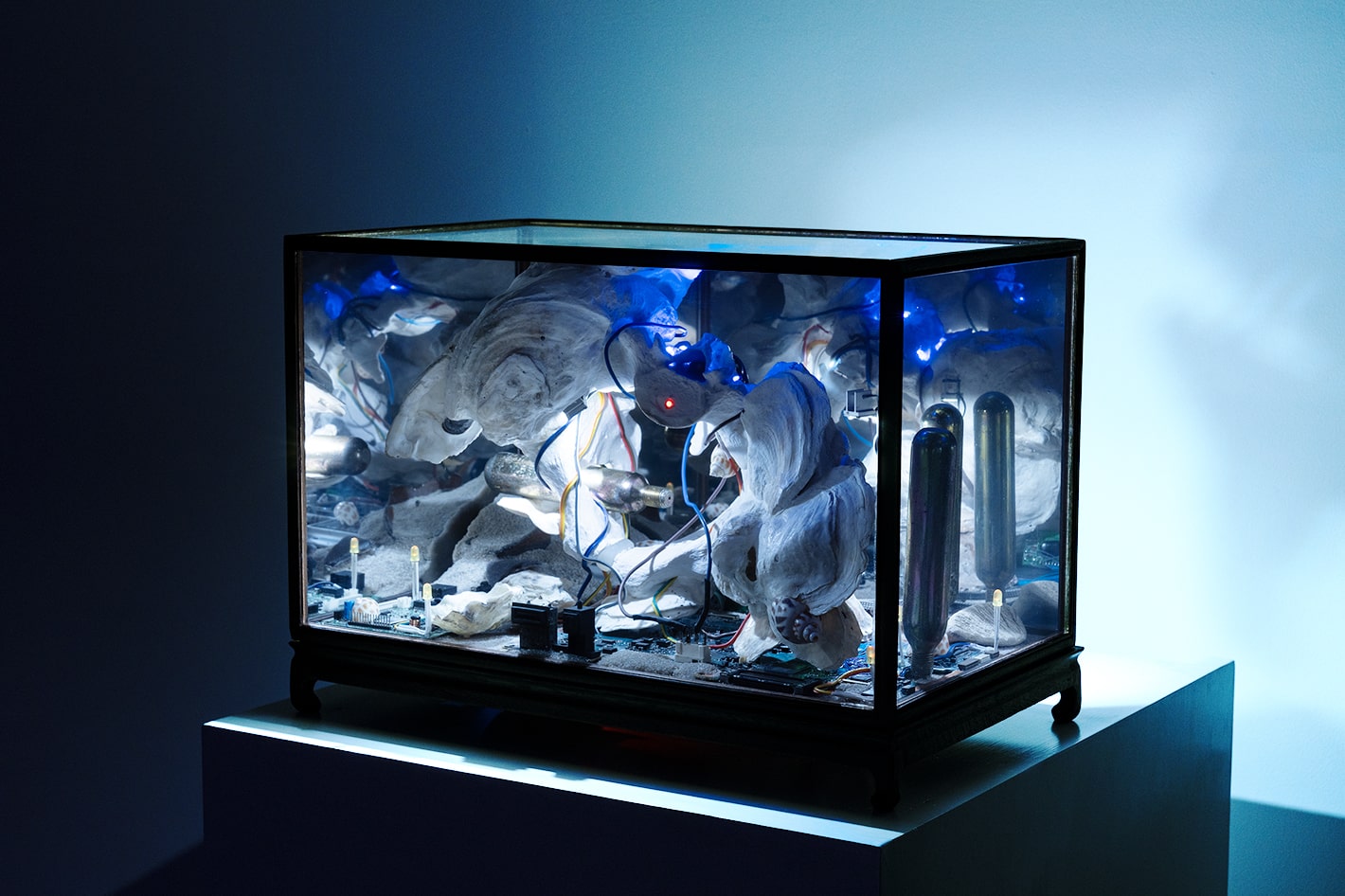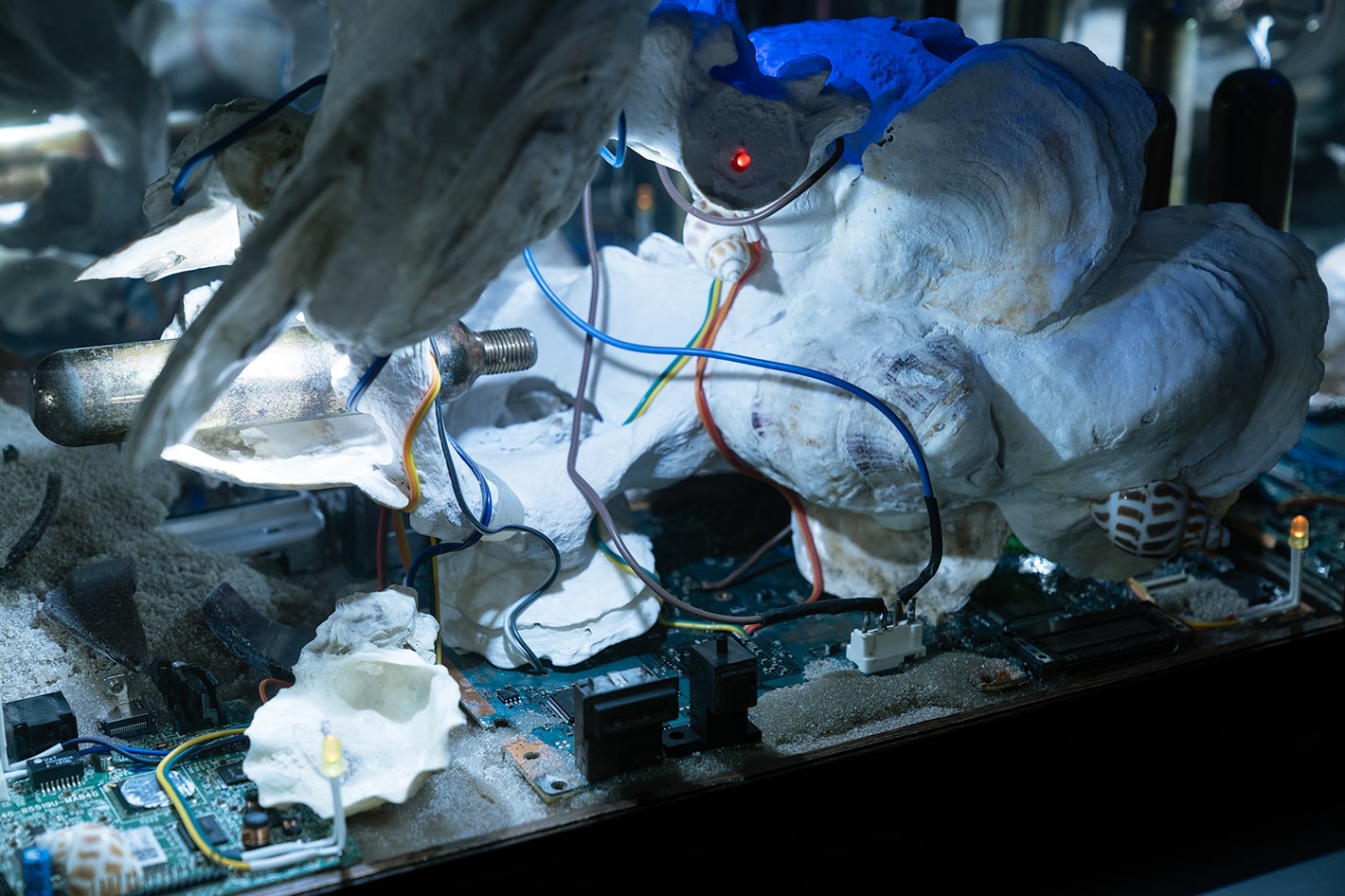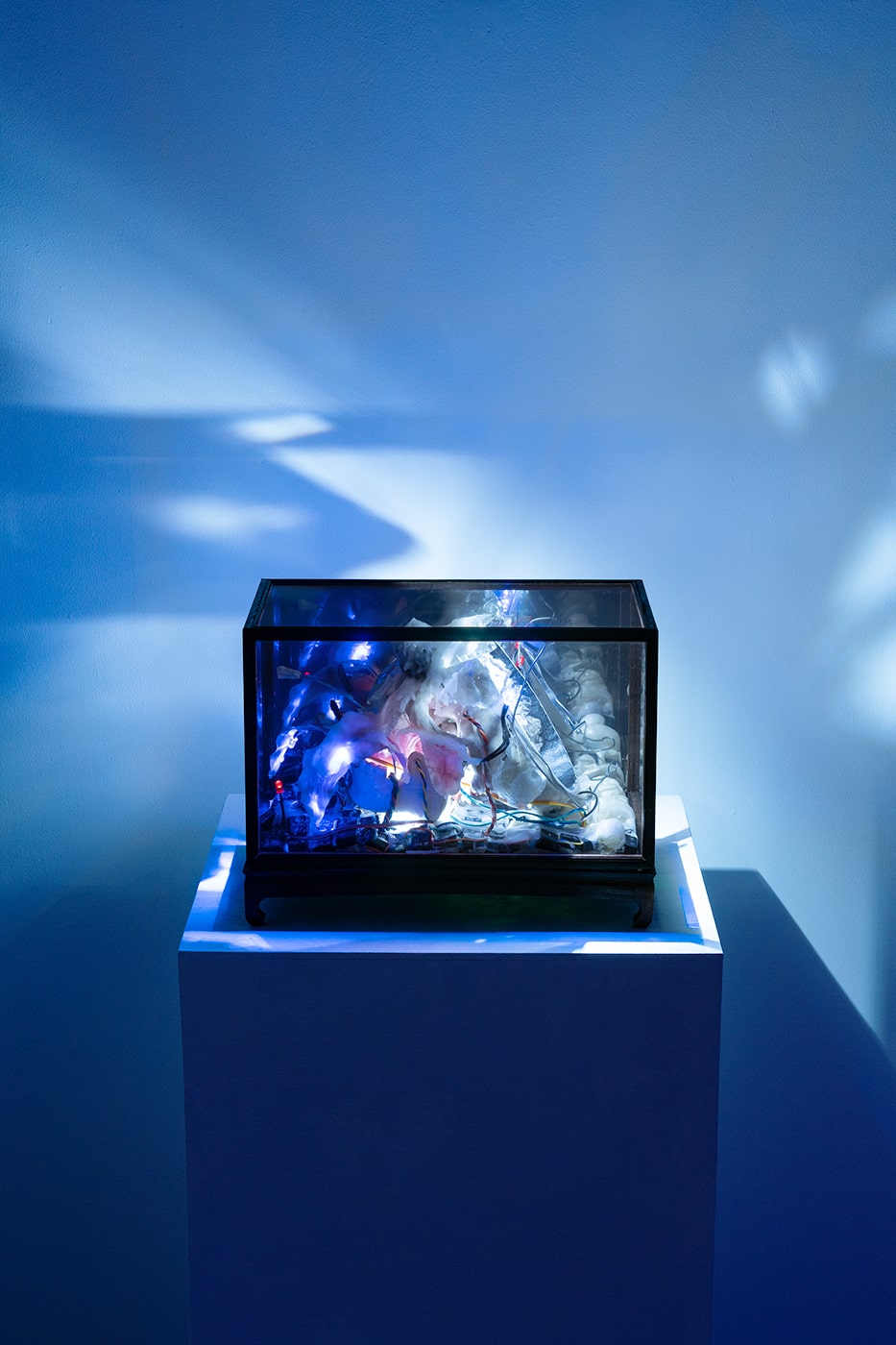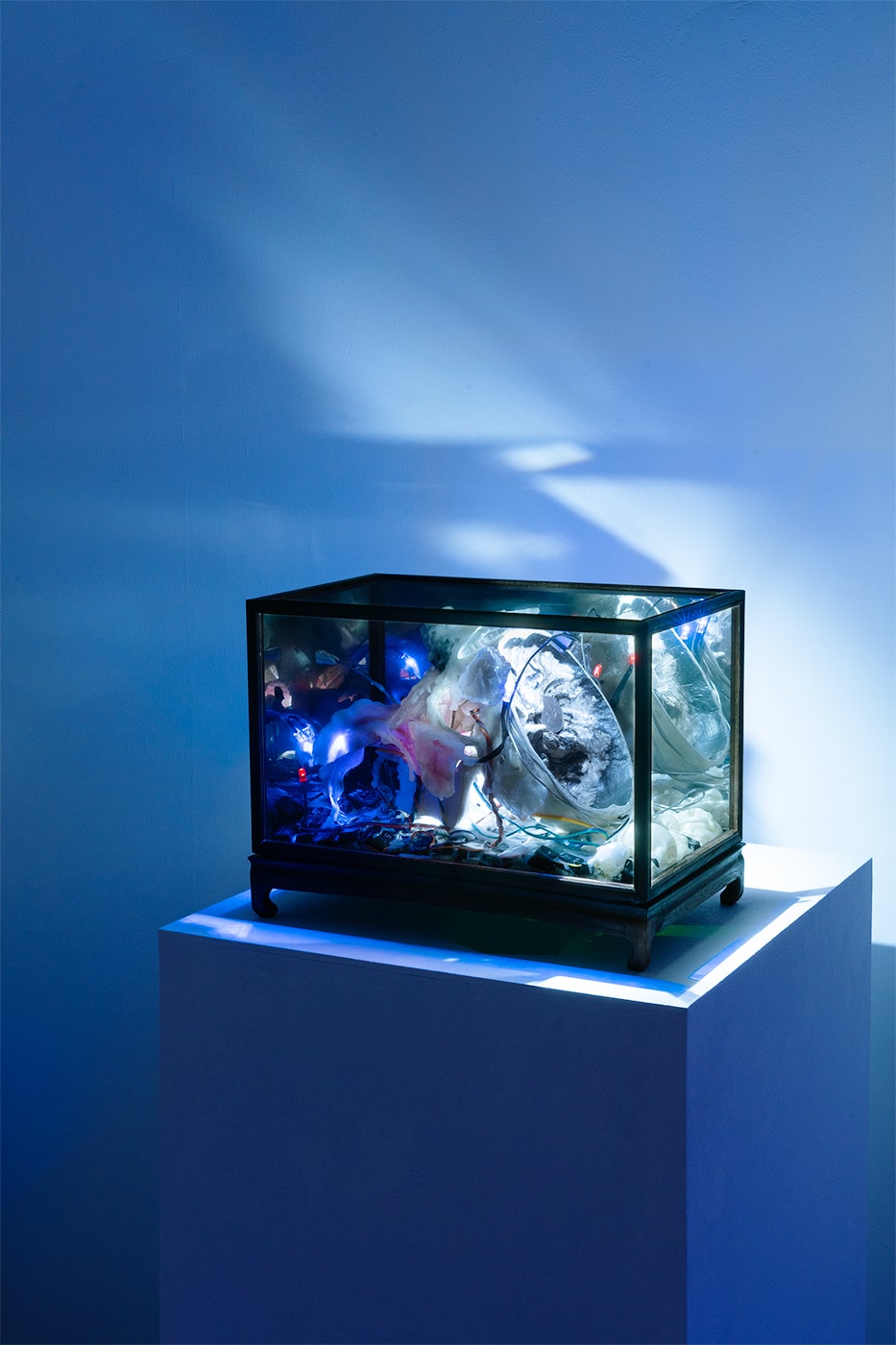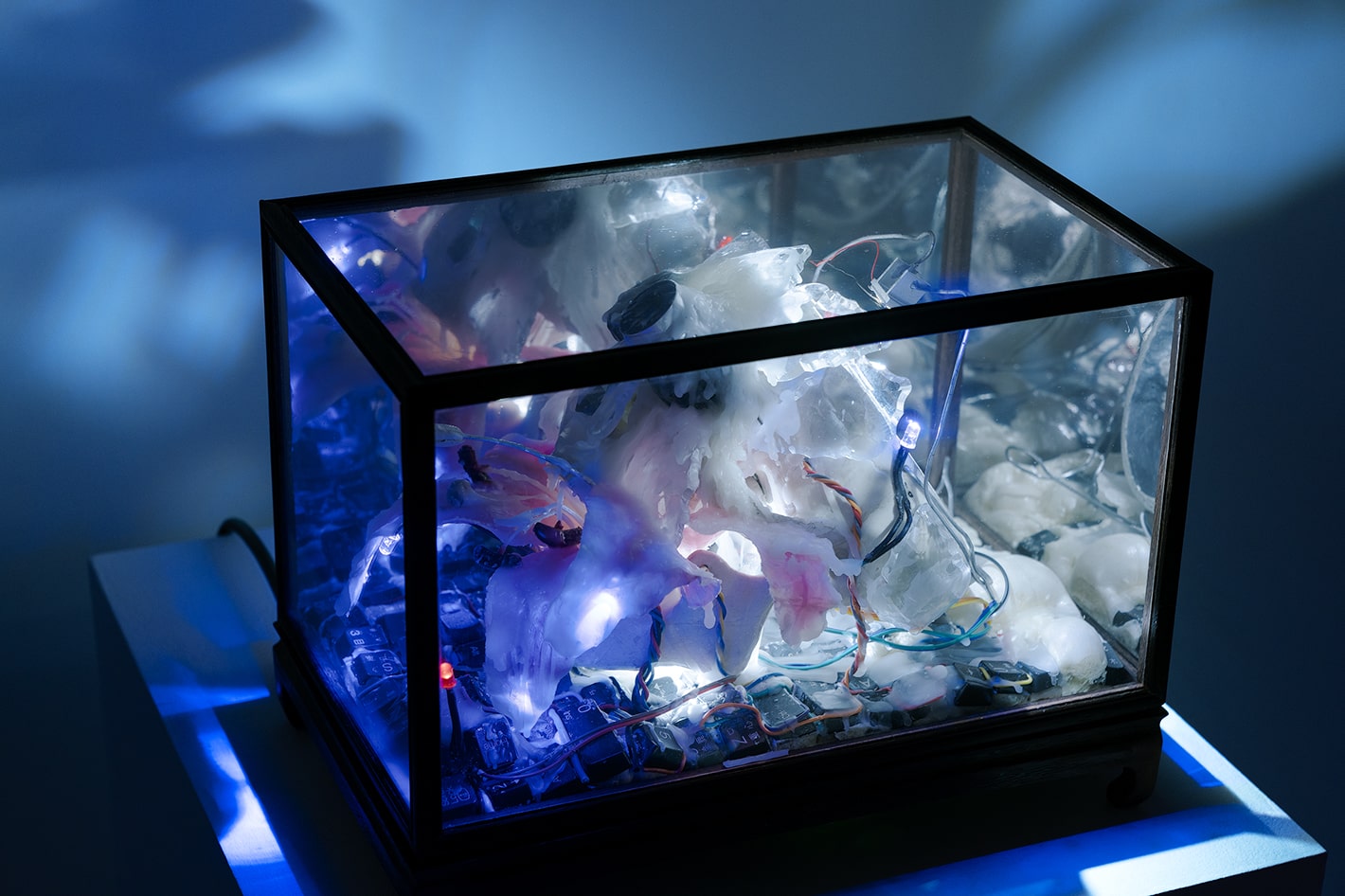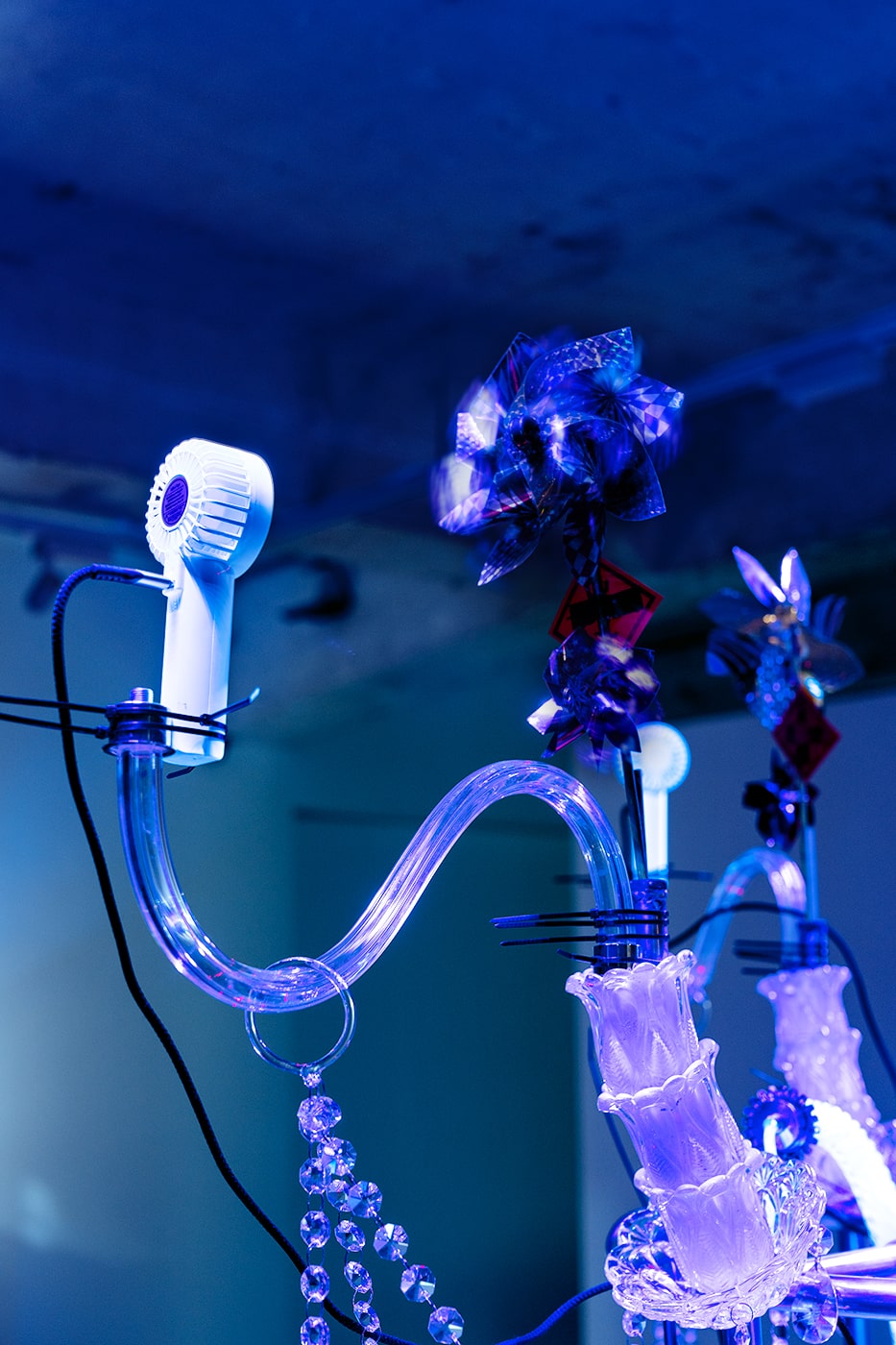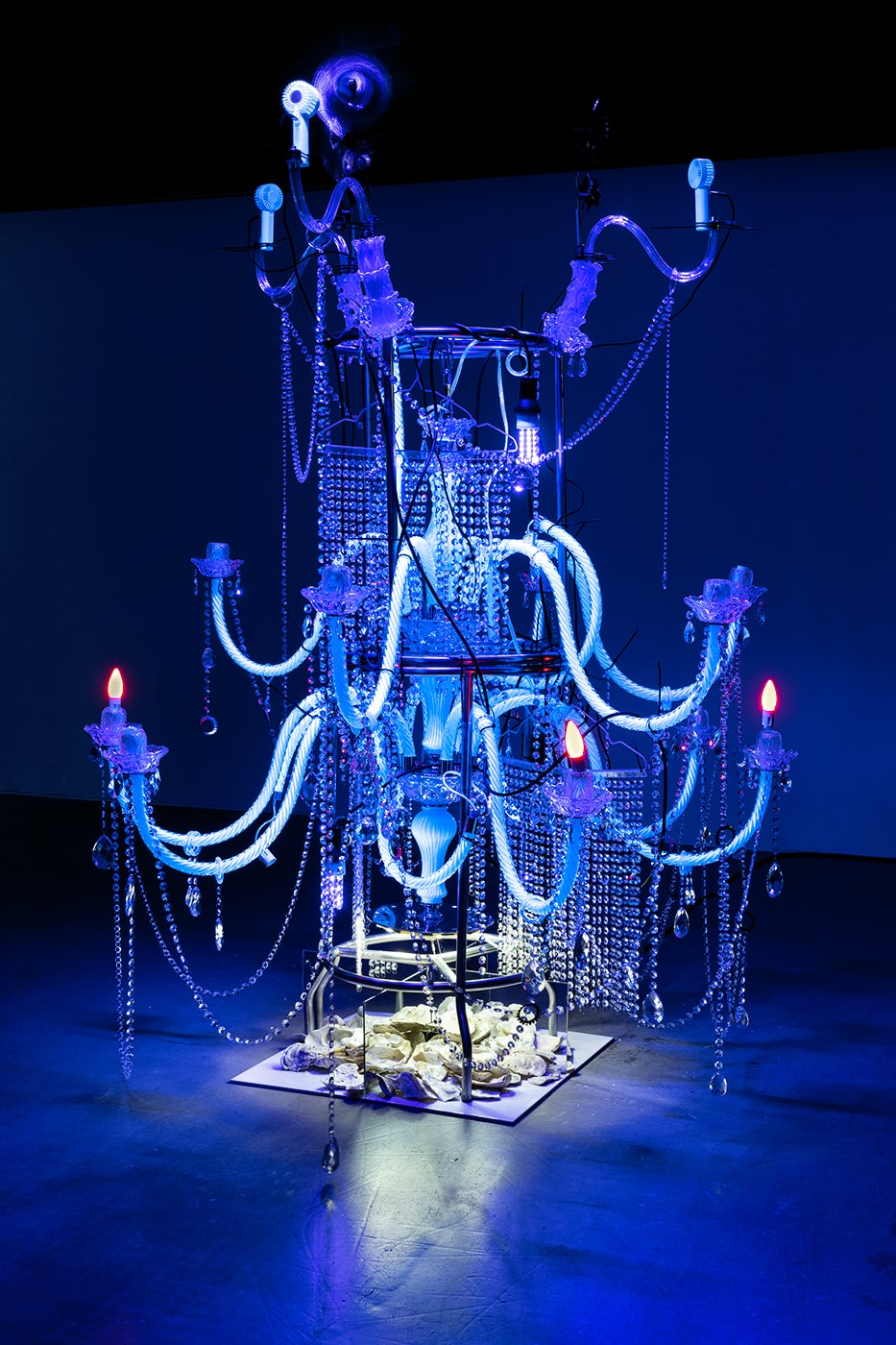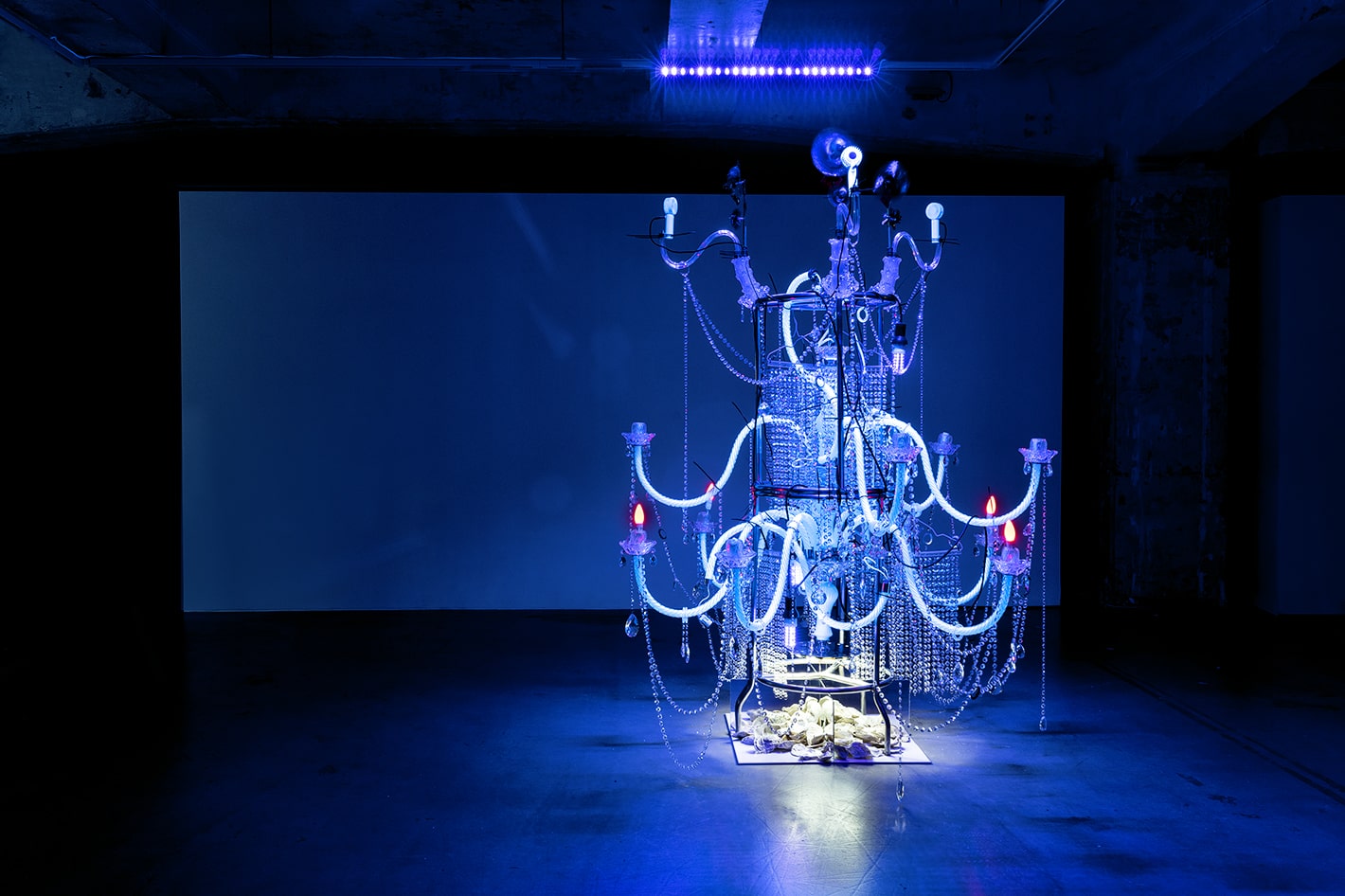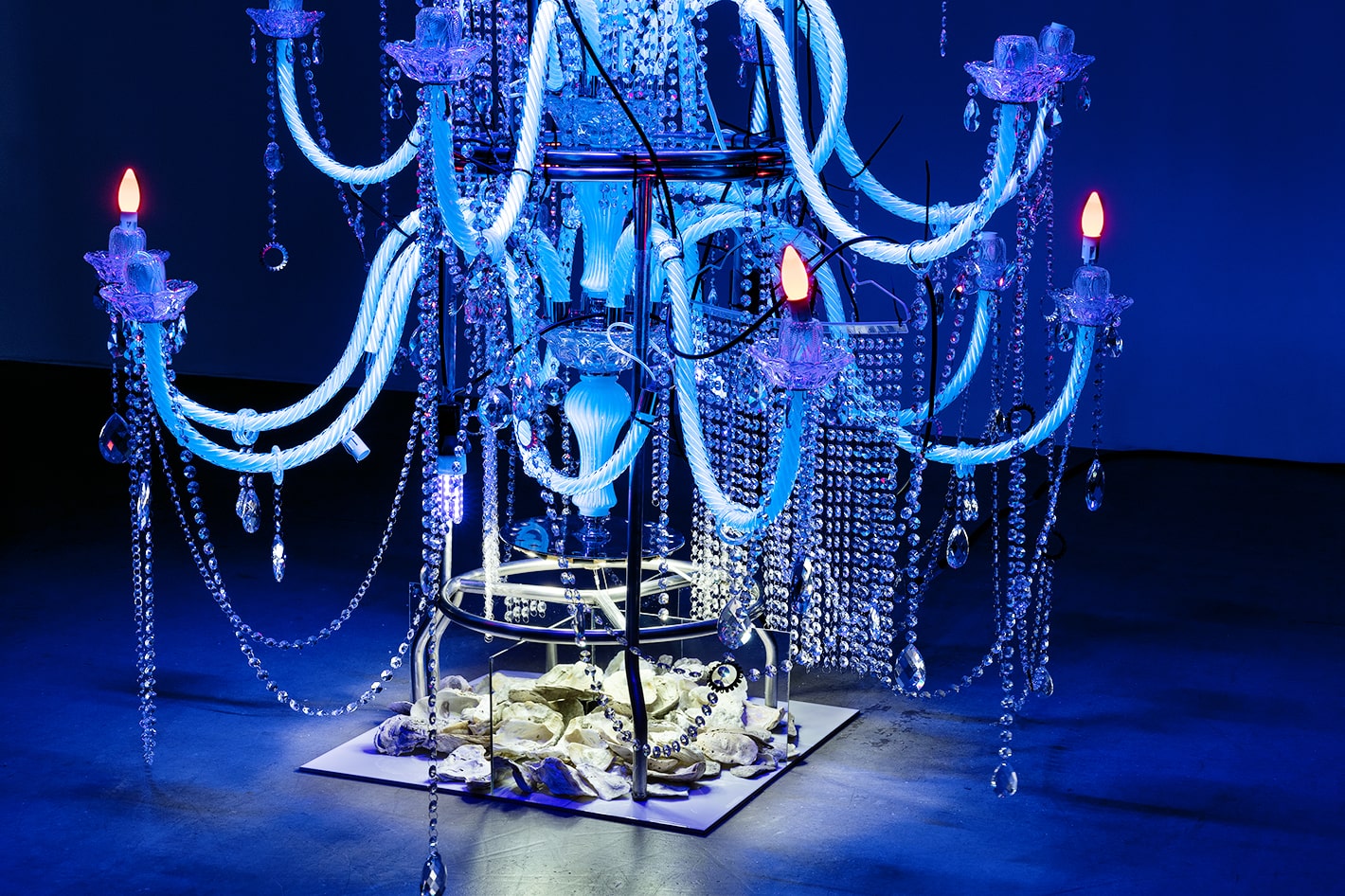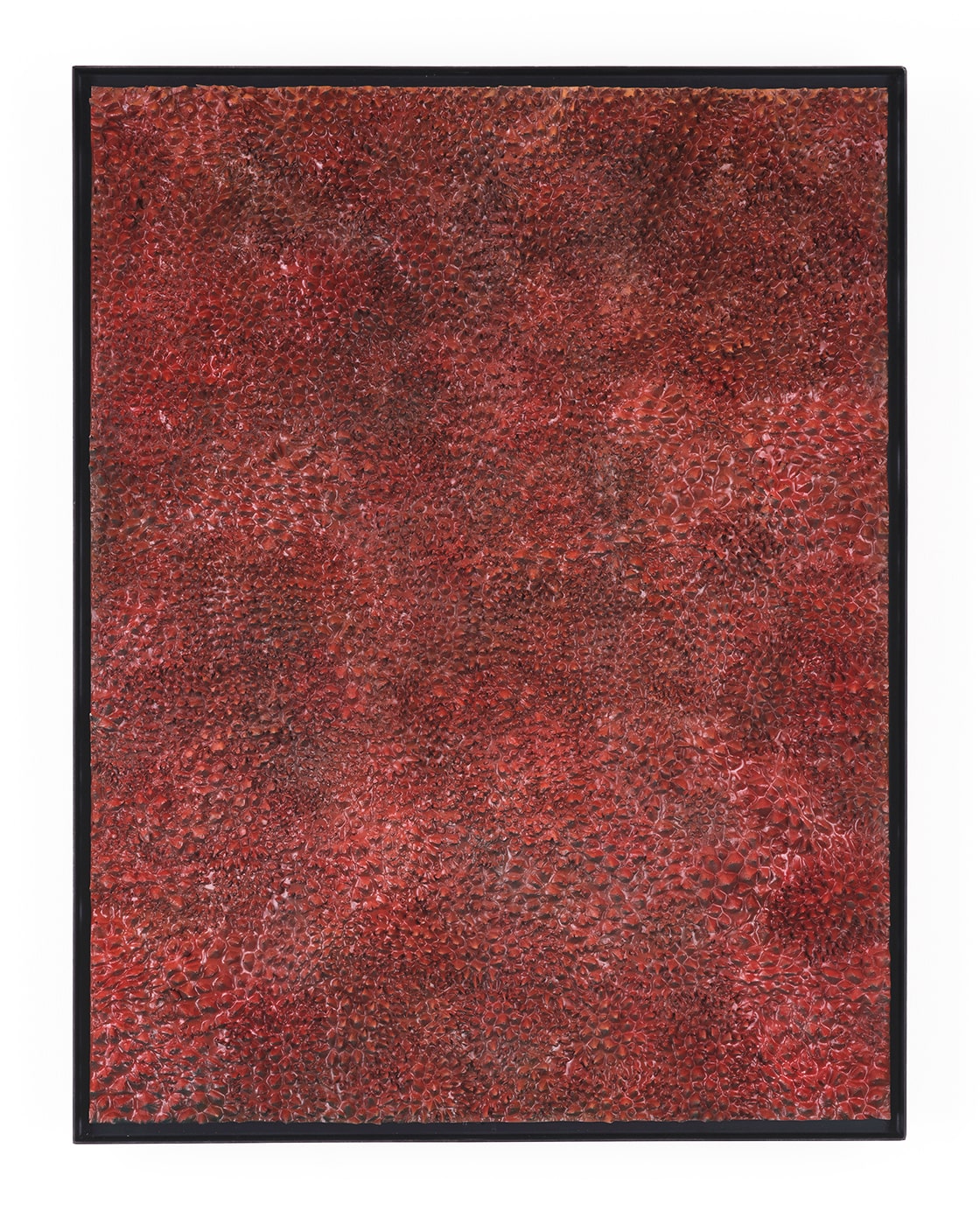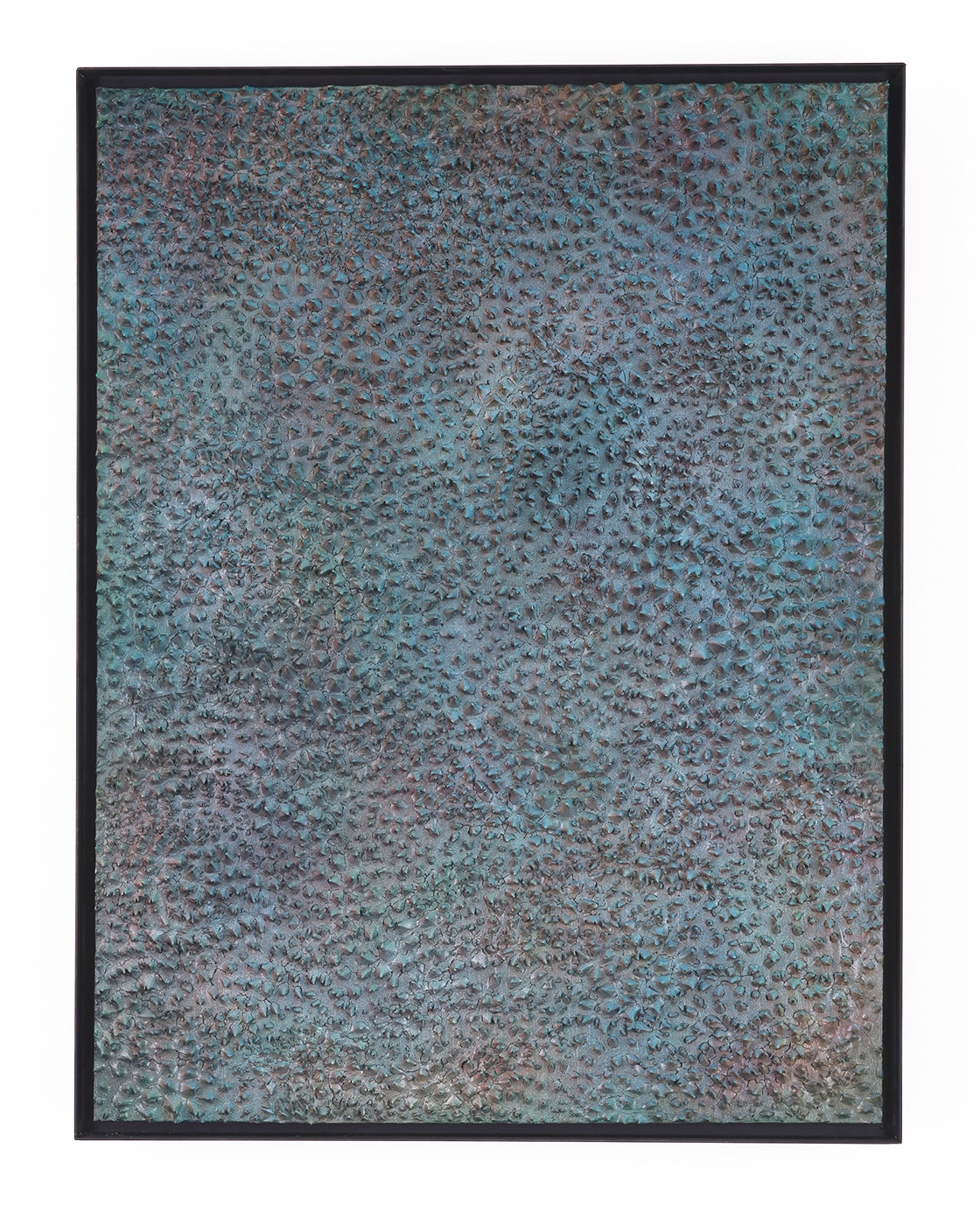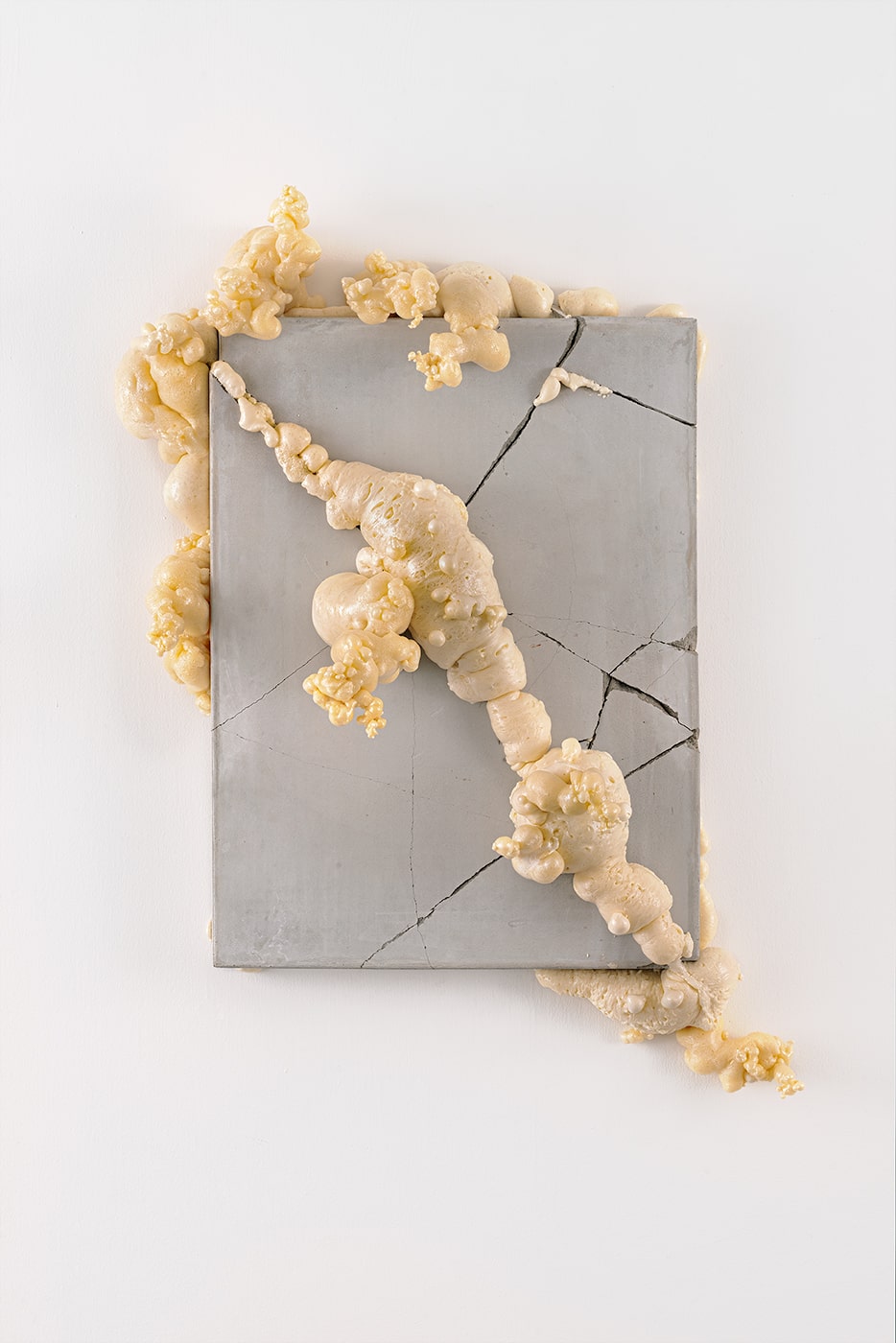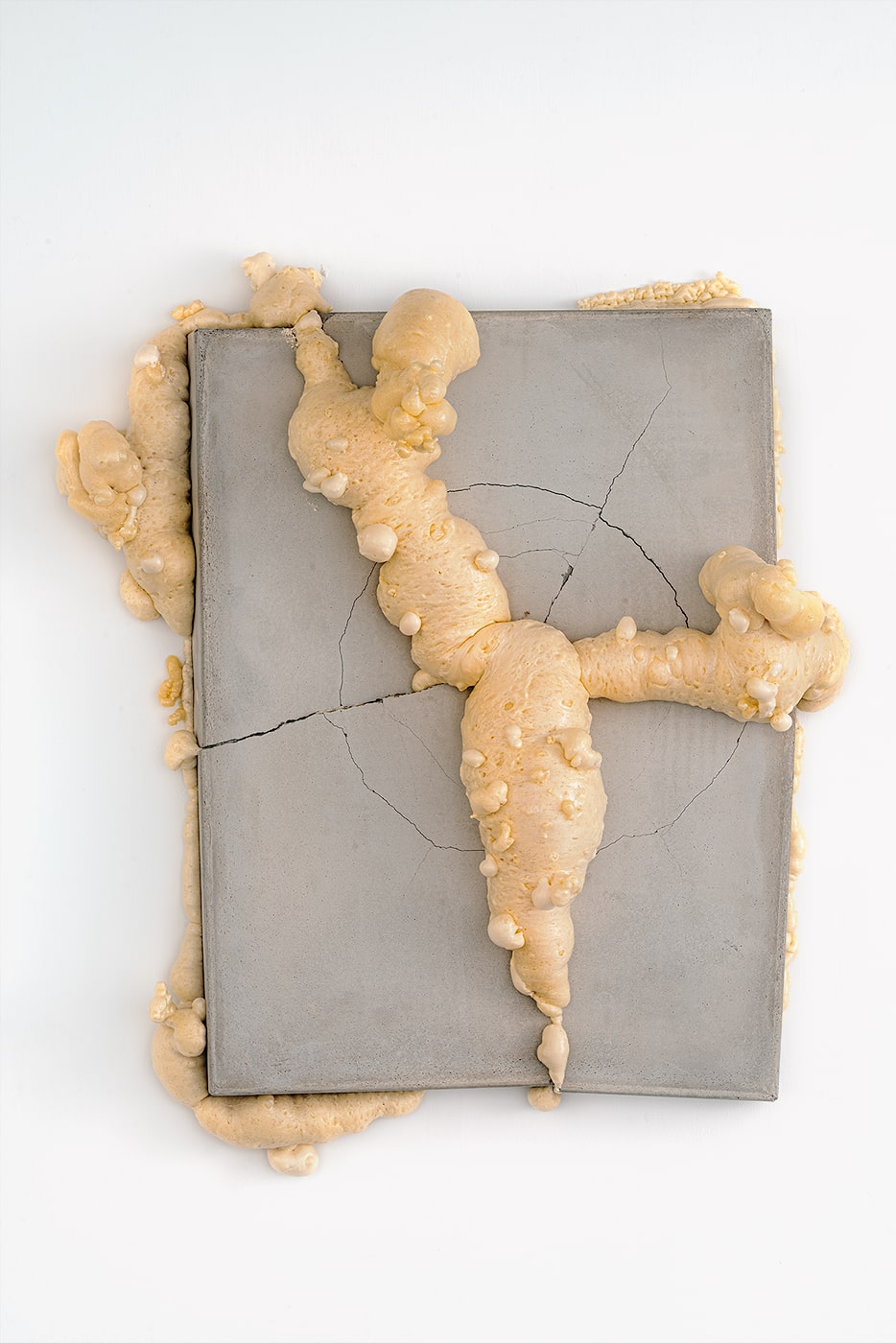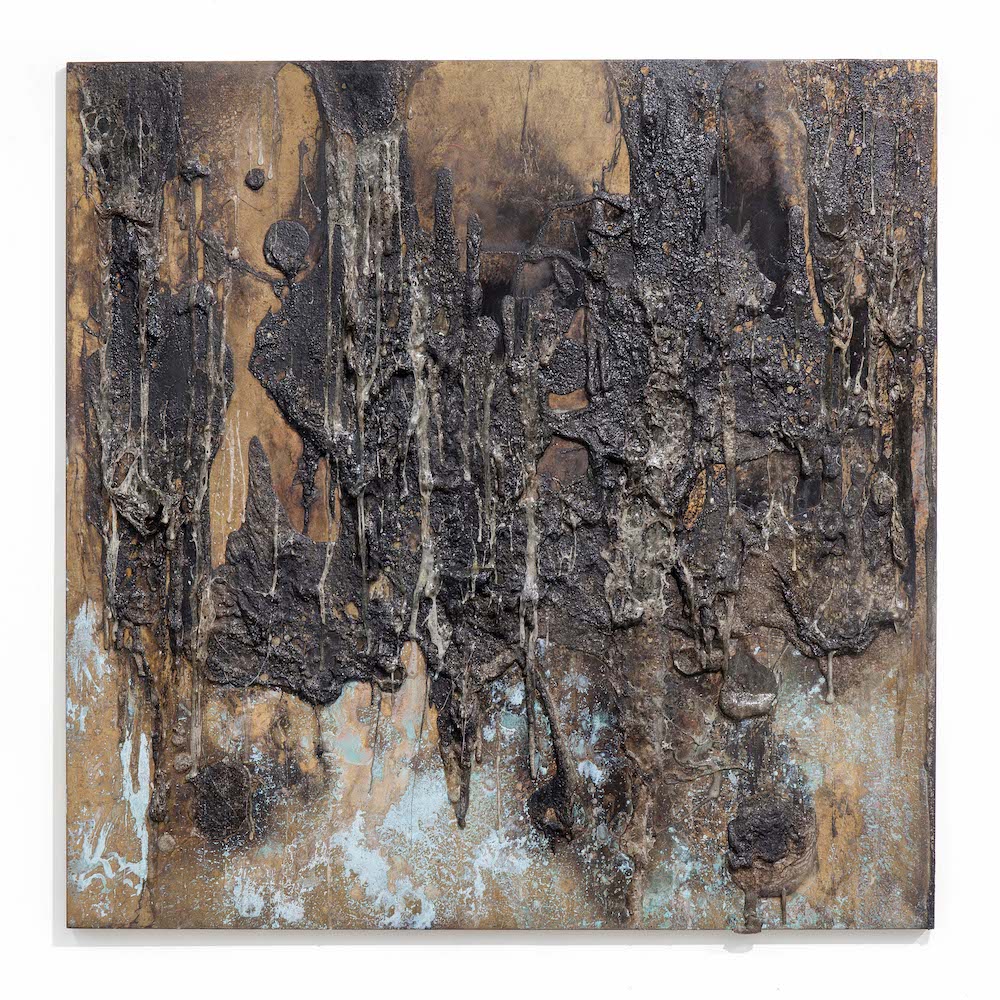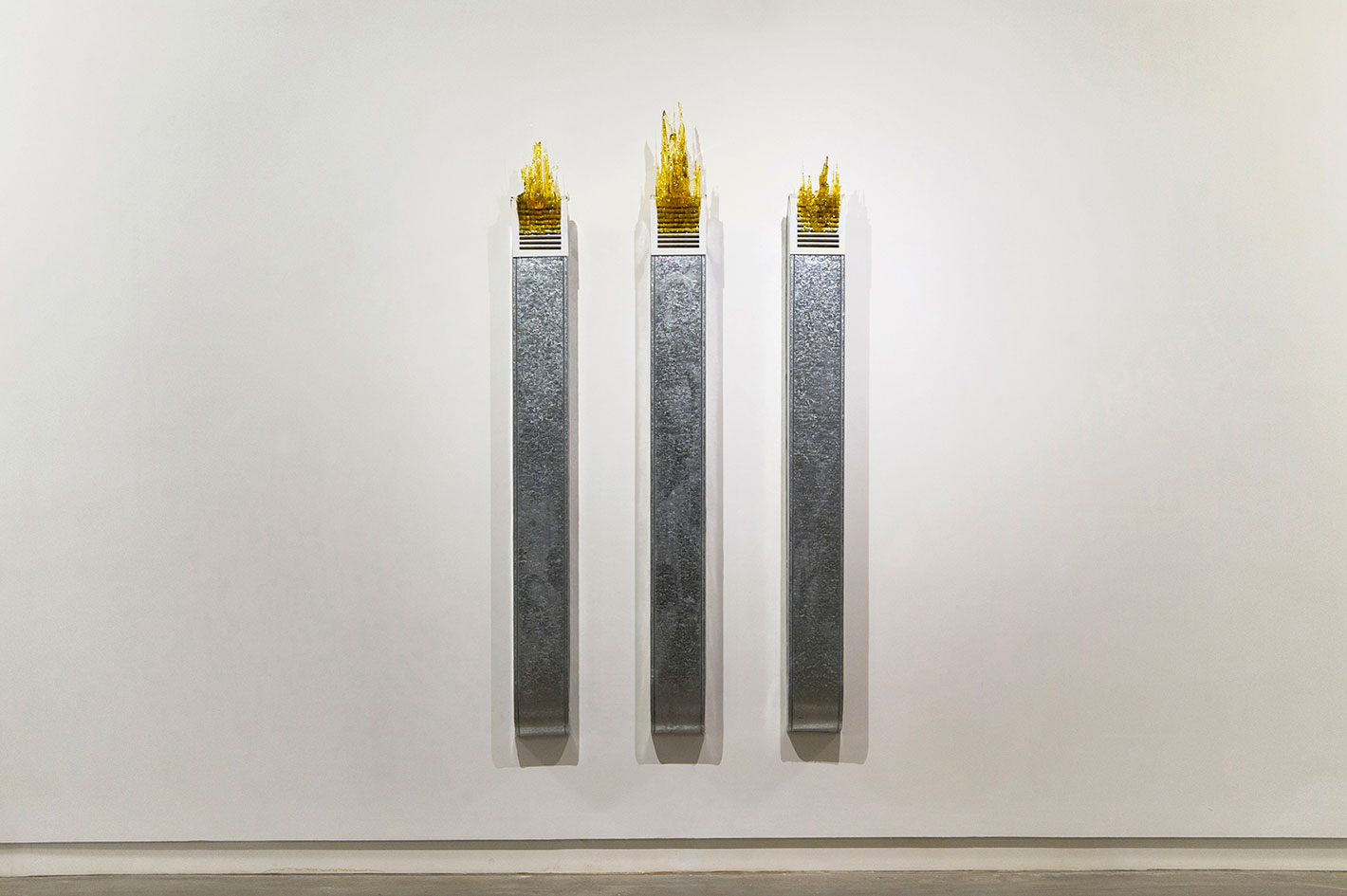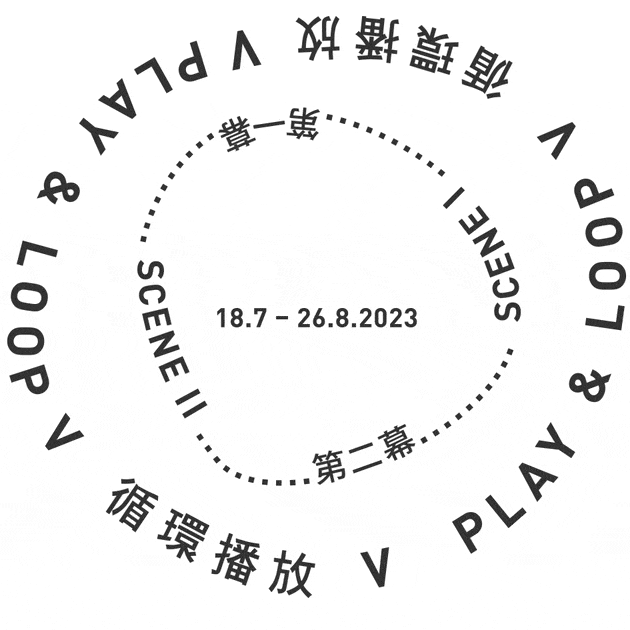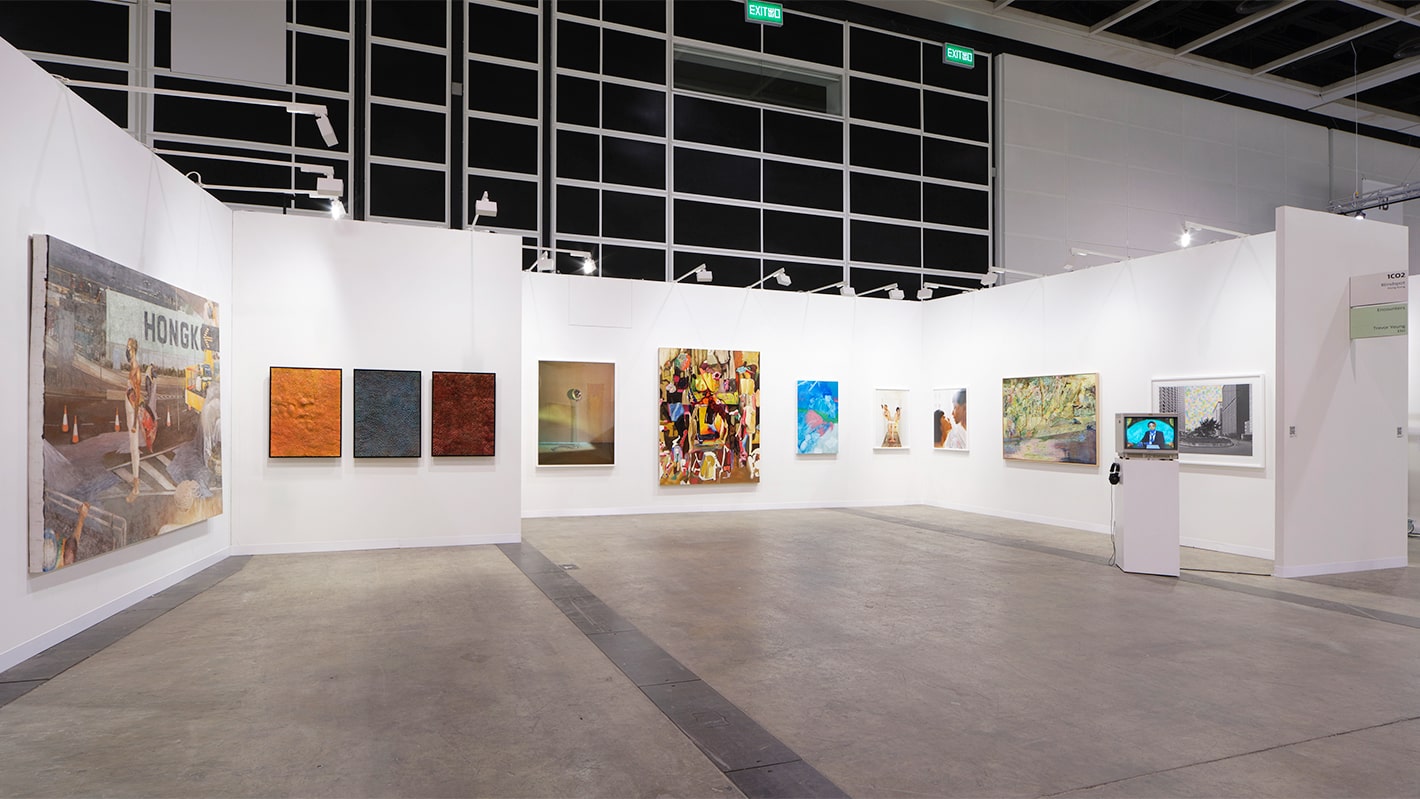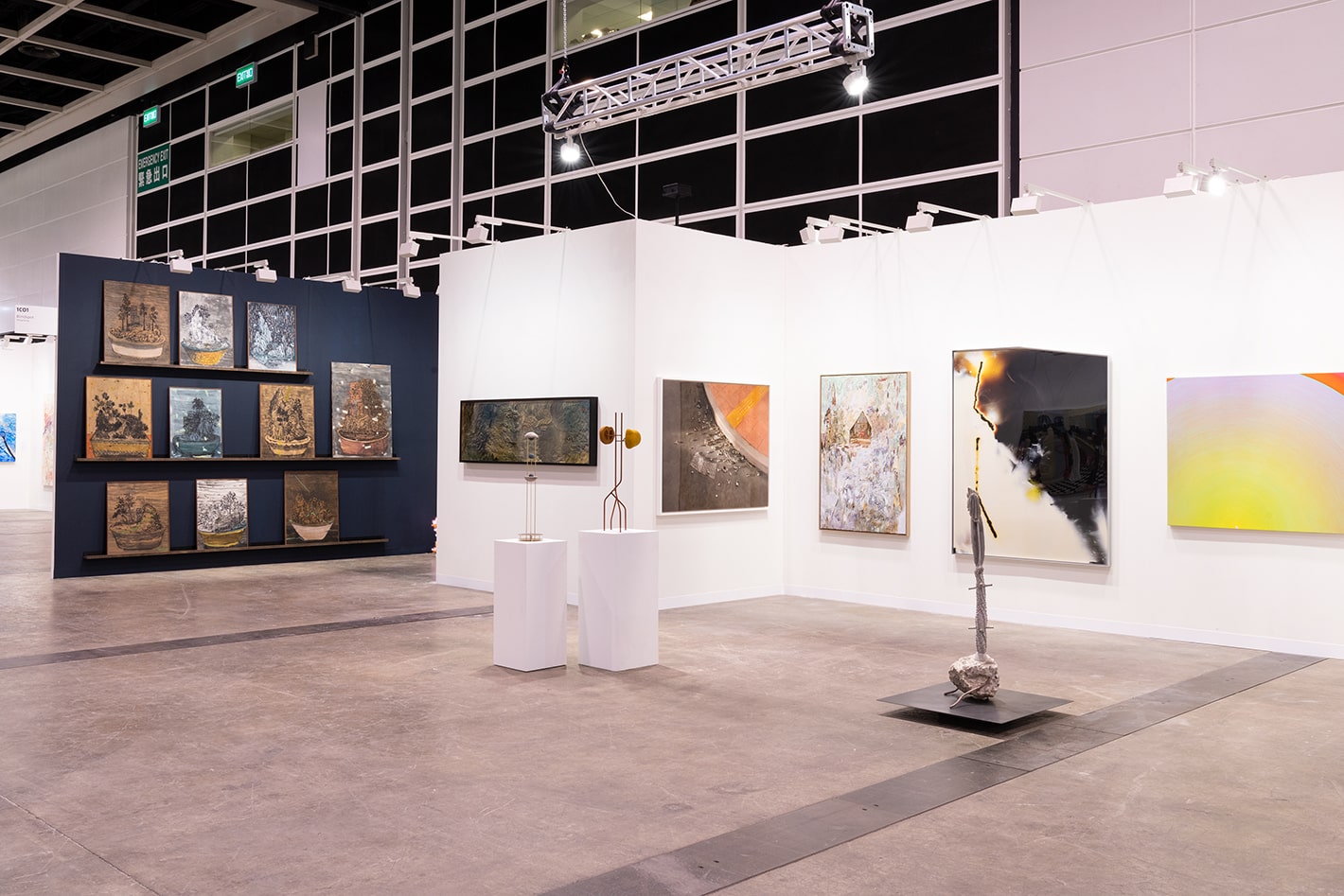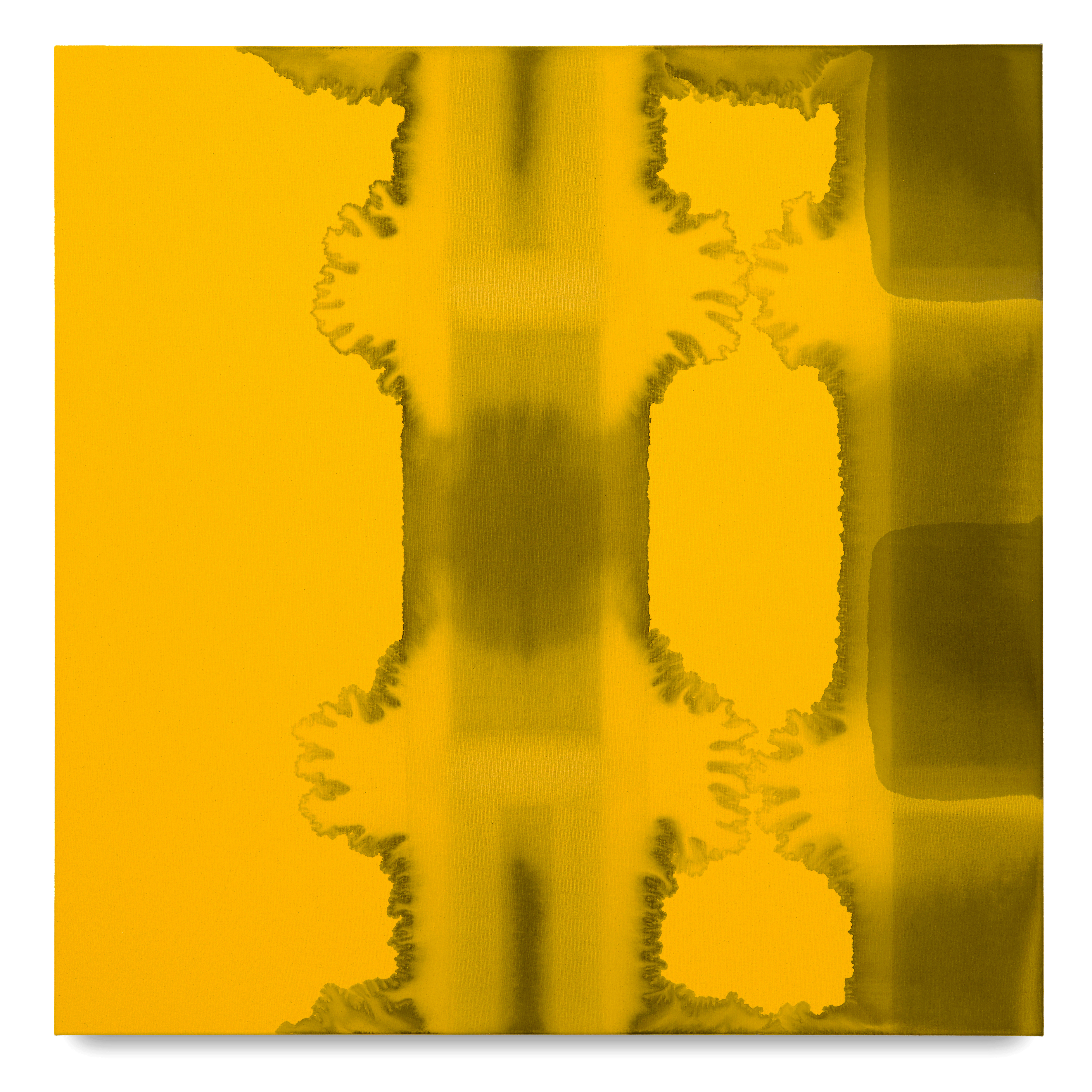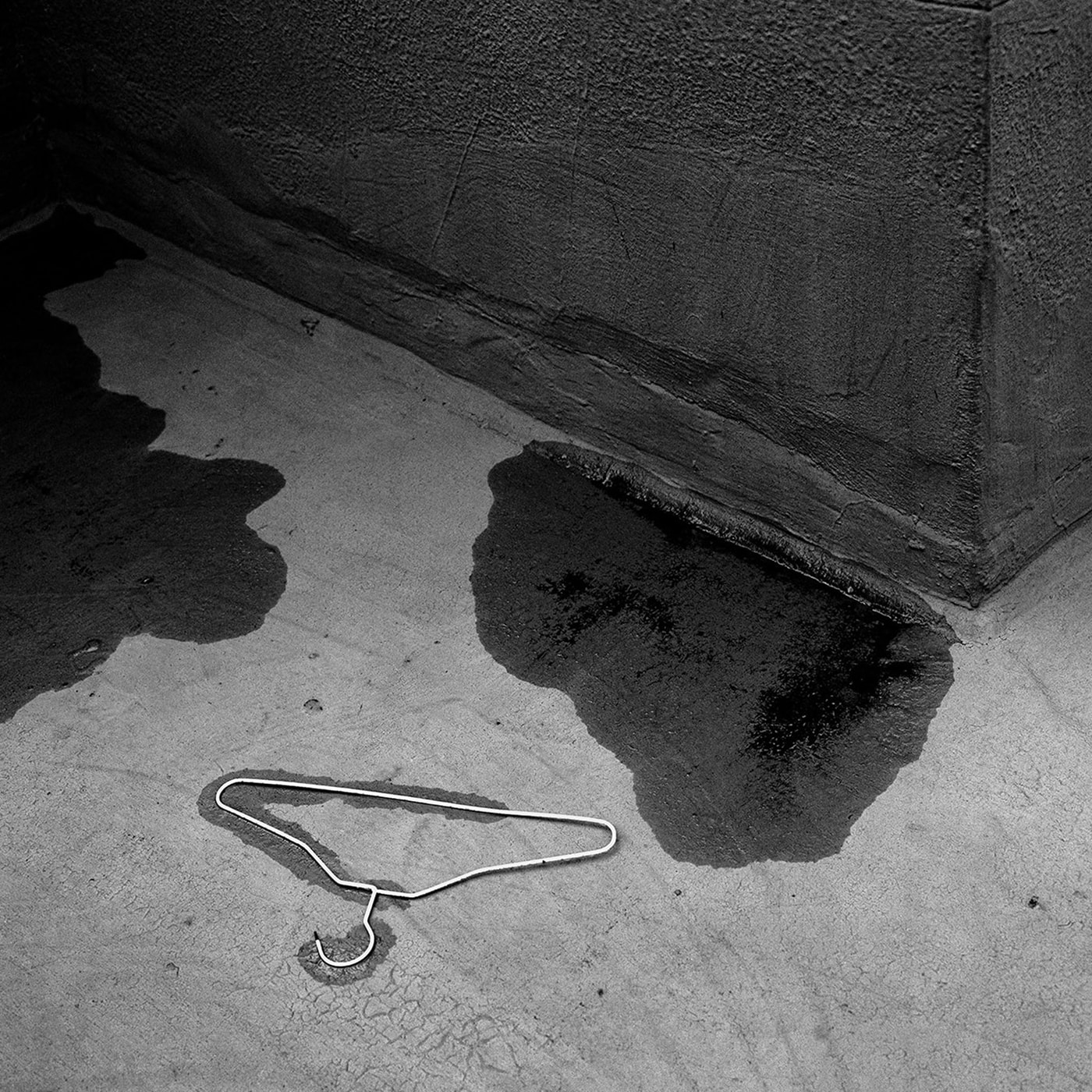Andrew Luk (b. 1988, New Jersey, USA) is a Hong Kong artist who works across a range of media examining the intricacies of the human experience as well as the myths and histories associated with civilisation building. Investigating the creases between binaries such as culture and nature, human and non-human, and the personal and the collaborative, Luk’s sculptures and installations explore utopian desires of perfection and their dystopian repercussions. His diverse practice is united through an exploration of ideological superstructures and their systems of expression — delicately tracing connections across disciplines, speculating on potential futures and revealing expressions of beauty, preservation and entropy.
Luk’s solo exhibitions include “Appropriate Responses for Featherless Bipeds with Broad Flat Nails” at chi K11 Art Museum (Shanghai, 2018). His works have also been shown at various group exhibitions including “New Beginnings” at Blindspot Gallery (Hong Kong, 2022); “Next Act” at Asia Society (Hong Kong, 2019); “Very Natural Actions” at Tai Kwun Contemporary (Hong Kong, 2019); “Serious Games” at HOW Art Museum (Shanghai, 2019) and “A Tree Fell in the Forest, and No One’s There” at the Power Station of Art (Shanghai, 2018).
Luk currently lives and works in Hong Kong.


